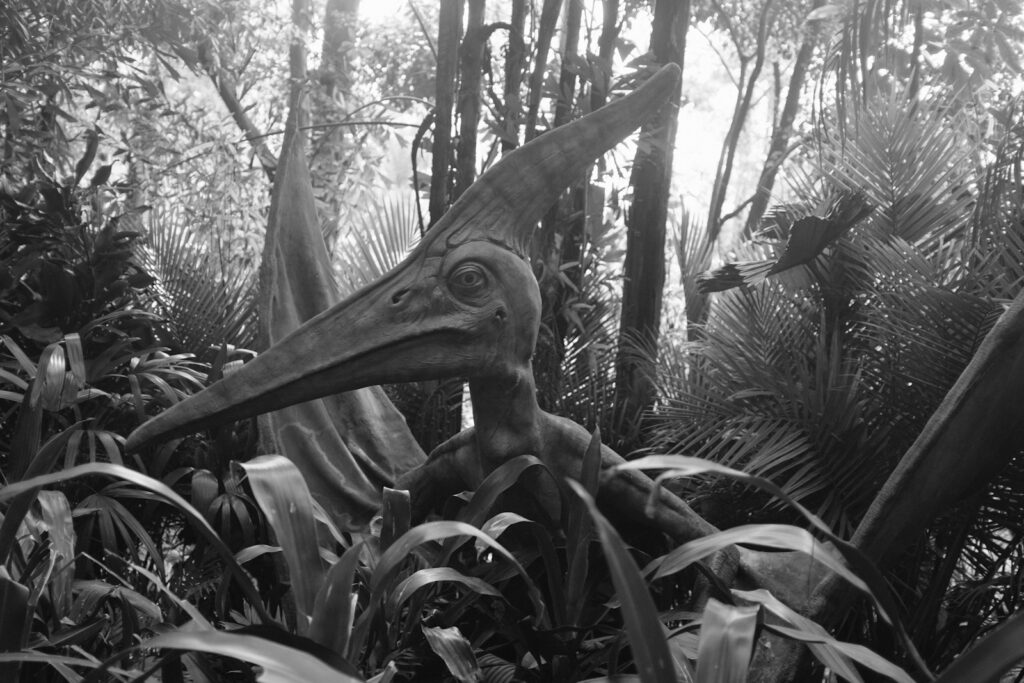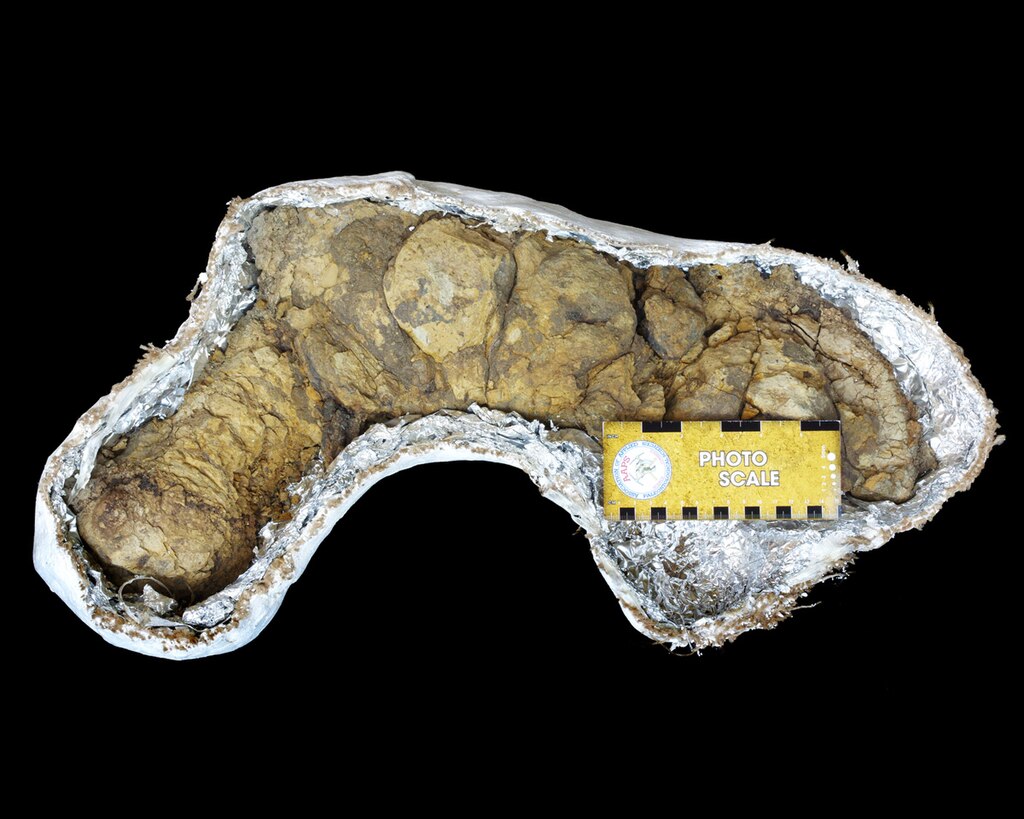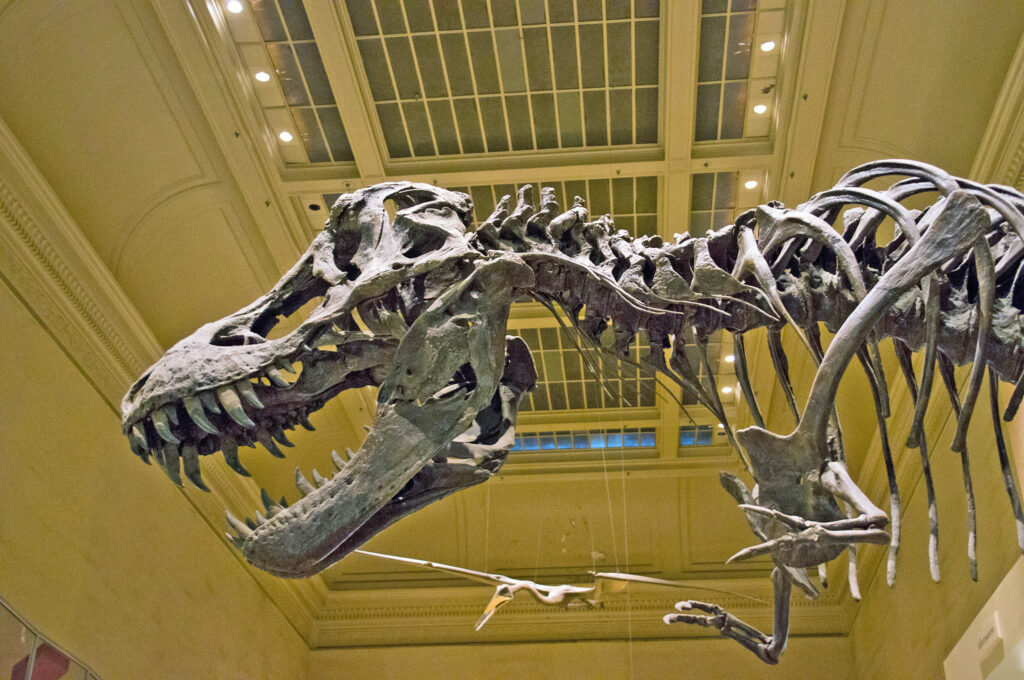Picture this: a creature the size of a large dog, covered in dark feathers, stalking through ancient forests with razor-sharp claws and intelligent eyes. This isn’t science fiction—it’s the reality of feathered raptors that lived millions of years ago. But here’s the million-dollar question that has paleontologists debating fiercely: could these magnificent predators actually take to the skies, or were they forever bound to the ground?
The Shocking Discovery That Changed Everything
When Chinese paleontologists first unearthed Sinosauropteryx in 1996, the scientific world was turned upside down. This small dinosaur, roughly the size of a turkey, bore unmistakable evidence of feathers—primitive, fuzzy structures that looked nothing like modern bird feathers. The discovery shattered the long-held belief that dinosaurs were cold-blooded, scaly reptiles.
What made this find even more remarkable was the creature’s predatory nature. Sinosauropteryx belonged to the group of dinosaurs called dromaeosaurids, commonly known as raptors. These weren’t gentle plant-eaters sporting decorative plumes; they were efficient killing machines wrapped in feathers.
The implications hit the paleontological community like a meteorite. If raptors had feathers, what did this mean for our understanding of dinosaur behavior, physiology, and evolution? More importantly, did these feathers serve any purpose beyond insulation?
Feathers Before Flight: The Insulation Theory
Not all feathers are created equal, and the earliest dinosaur feathers were far from flight-ready. These primitive structures, called protofeathers, resembled hair more than the complex, aerodynamic feathers we see on modern birds. They were simple, unbranched filaments that provided excellent insulation for maintaining body temperature.
Think of these early feathers like a down jacket. Just as your winter coat traps warm air close to your body, protofeathers created an insulating layer that helped these dinosaurs regulate their body temperature. This was crucial for active predators who needed to maintain consistent energy levels for hunting.
Many scientists believe this insulation function was the primary evolutionary driver behind the development of feathers. Flight came later, almost as an evolutionary bonus built upon this foundation of temperature regulation.
The Anatomy of Aerial Ambition
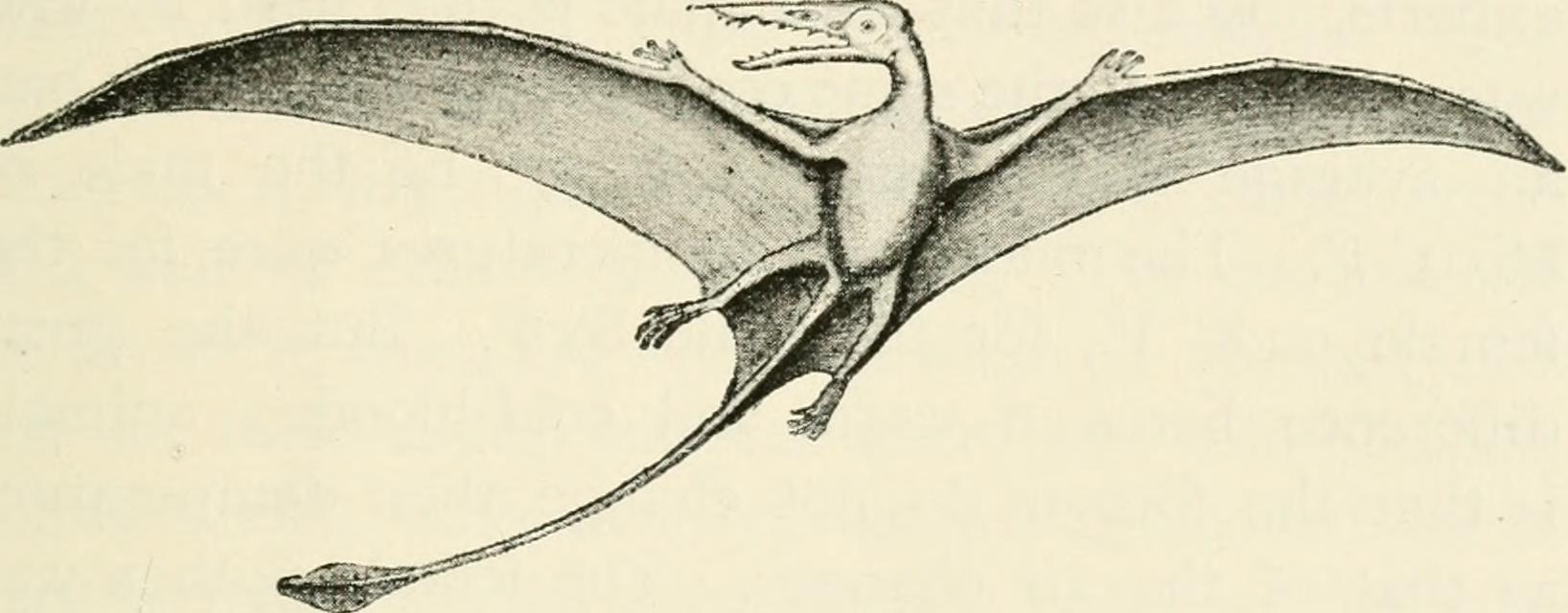
To understand whether feathered raptors could fly, we need to examine their skeletal structure with the precision of a forensic investigator. Modern birds possess several key anatomical features that enable flight: a keeled sternum (breastbone) for flight muscle attachment, hollow bones for weight reduction, and specialized wing bones with specific proportions.
Most feathered raptors display a mixed bag of these features. Some, like Microraptor, possessed asymmetrical flight feathers and wing-like structures on both their arms and legs. Others, such as Velociraptor, had robust arm bones that could potentially support flight muscles, but lacked the pronounced keel found in flying birds.
The evidence suggests that different raptor species existed along a spectrum of flight capability. Some may have been accomplished fliers, while others were gliders, and still others were entirely terrestrial despite their feathered appearance.
Microraptor: The Four-Winged Wonder
If there’s one feathered raptor that could definitely fly, Microraptor gui takes the crown. This crow-sized dinosaur from Early Cretaceous China possessed not just two wings, but four—with flight feathers extending from both its arms and legs. Imagine a creature that looked like a cross between a bird and a flying squirrel, soaring through prehistoric skies.
Computer simulations and wind tunnel tests have confirmed that Microraptor’s four-wing configuration was aerodynamically sound. The creature could glide effectively between trees, using its feathered limbs to control direction and landing with surprising precision. Its flight style was likely similar to modern flying squirrels, though more controlled and sophisticated.
What makes Microraptor particularly fascinating is its jet-black plumage, revealed through analysis of melanosomes (pigment-containing structures) in fossilized feathers. This iridescent black coloration suggests the creature may have used its striking appearance for display purposes, much like modern ravens or crows.
Velociraptor: Grounded Despite the Feathers
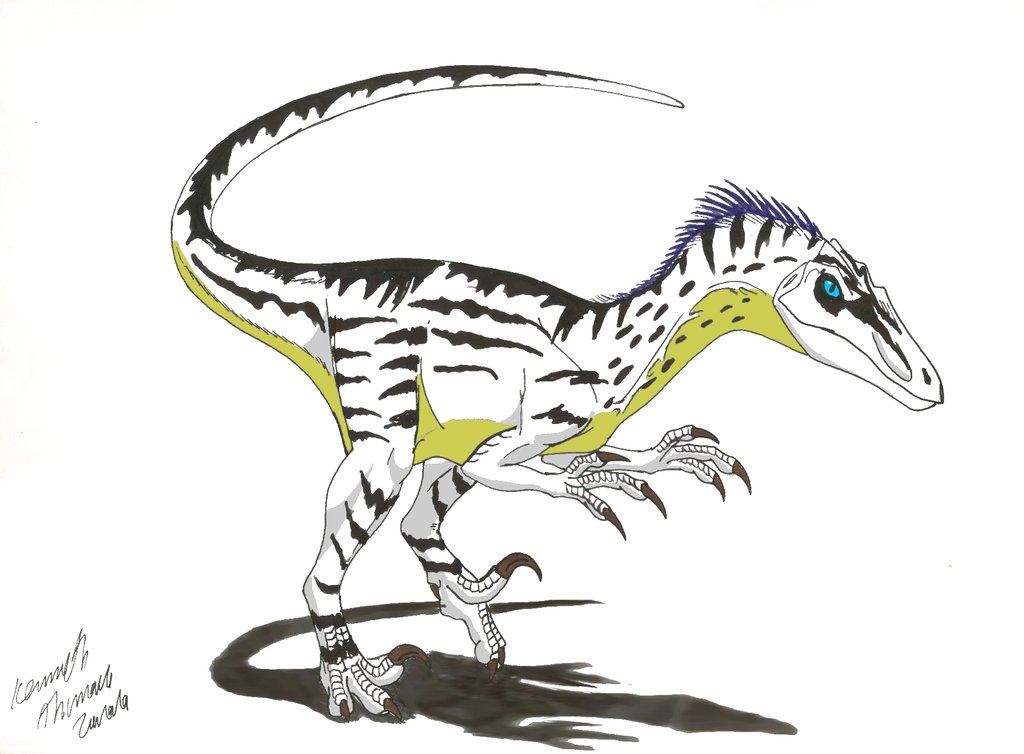
Despite Hollywood’s portrayal of Velociraptors as sleek, intelligent predators, the real animals were about the size of a large turkey and almost certainly flightless. While they possessed feathers, their body proportions were all wrong for sustained flight. Their arms were too short relative to their body size, and their bones were too dense to achieve the lift necessary for powered flight.
However, this doesn’t mean their feathers were useless. Velociraptors likely used their feathered arms for display, brooding eggs, and possibly for short bursts of assisted jumping or climbing. Picture a raptor using its feathered arms like a tightrope walker’s pole, providing balance and stability during high-speed chases or complex maneuvers.
Recent studies suggest that Velociraptor feathers may have been brightly colored, serving as visual signals to other members of their species. In the world of dinosaur courtship and territorial disputes, appearance mattered just as much as sharp claws and teeth.
The Gliding Hypothesis: Halfway to Heaven
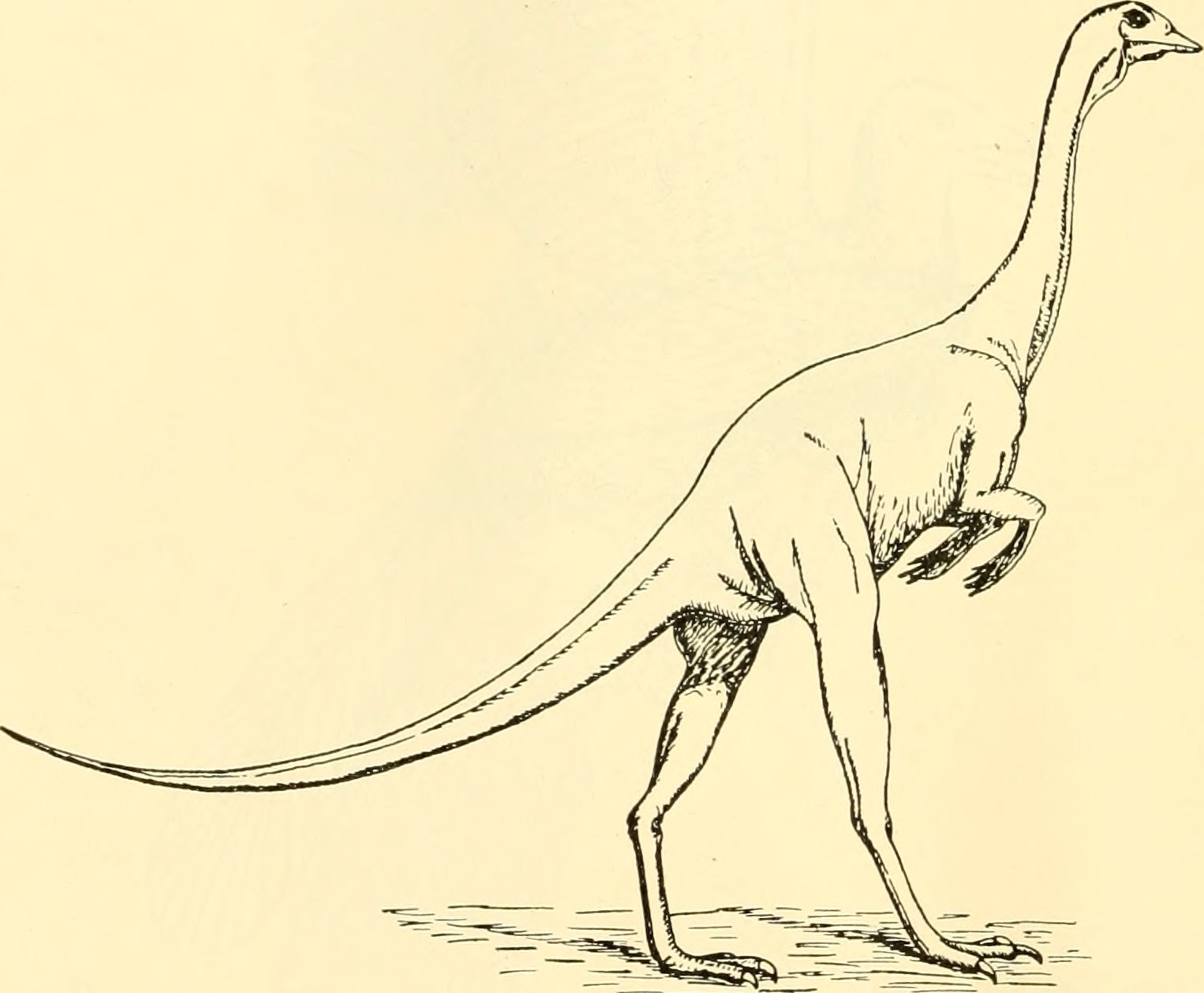
Between full-powered flight and ground-bound existence lies the fascinating world of gliding. Many feathered raptors may have been accomplished gliders, using their feathered appendages to travel between elevated perches or escape from predators. This intermediate stage represents a crucial step in the evolution of true flight.
Gliding requires less energy than powered flight but offers significant advantages over purely terrestrial locomotion. A gliding raptor could cover greater distances with less effort, access new hunting grounds, and escape dangerous situations by taking to the air. It’s like having a built-in parachute combined with limited steering capability.
The evolution from gliding to powered flight likely occurred gradually over millions of years. As feathers became more sophisticated and flight muscles strengthened, some lineages eventually achieved the sustained, powered flight we see in modern birds.
Feathers as Weapons: The Combat Theory
Here’s where things get really interesting: some scientists propose that feathered raptors used their wing-like appendages as weapons during combat. Imagine two Utahraptors facing off, using their feathered arms to strike, grapple, and intimidate each other. The feathers would increase the surface area of their “weapons” while providing protection against slashing claws.
This theory gains support from the robust nature of many raptor arm bones. These structures were clearly built to withstand significant stress, suggesting they were used for more than just display or thermoregulation. The feathers may have served as both offensive and defensive tools in the brutal world of dinosaur combat.
Modern birds occasionally use their wings for fighting, striking opponents with powerful blows. If feathered raptors employed similar tactics, their enlarged, feathered arms would have been formidable weapons indeed.
The Brooding Behavior Connection
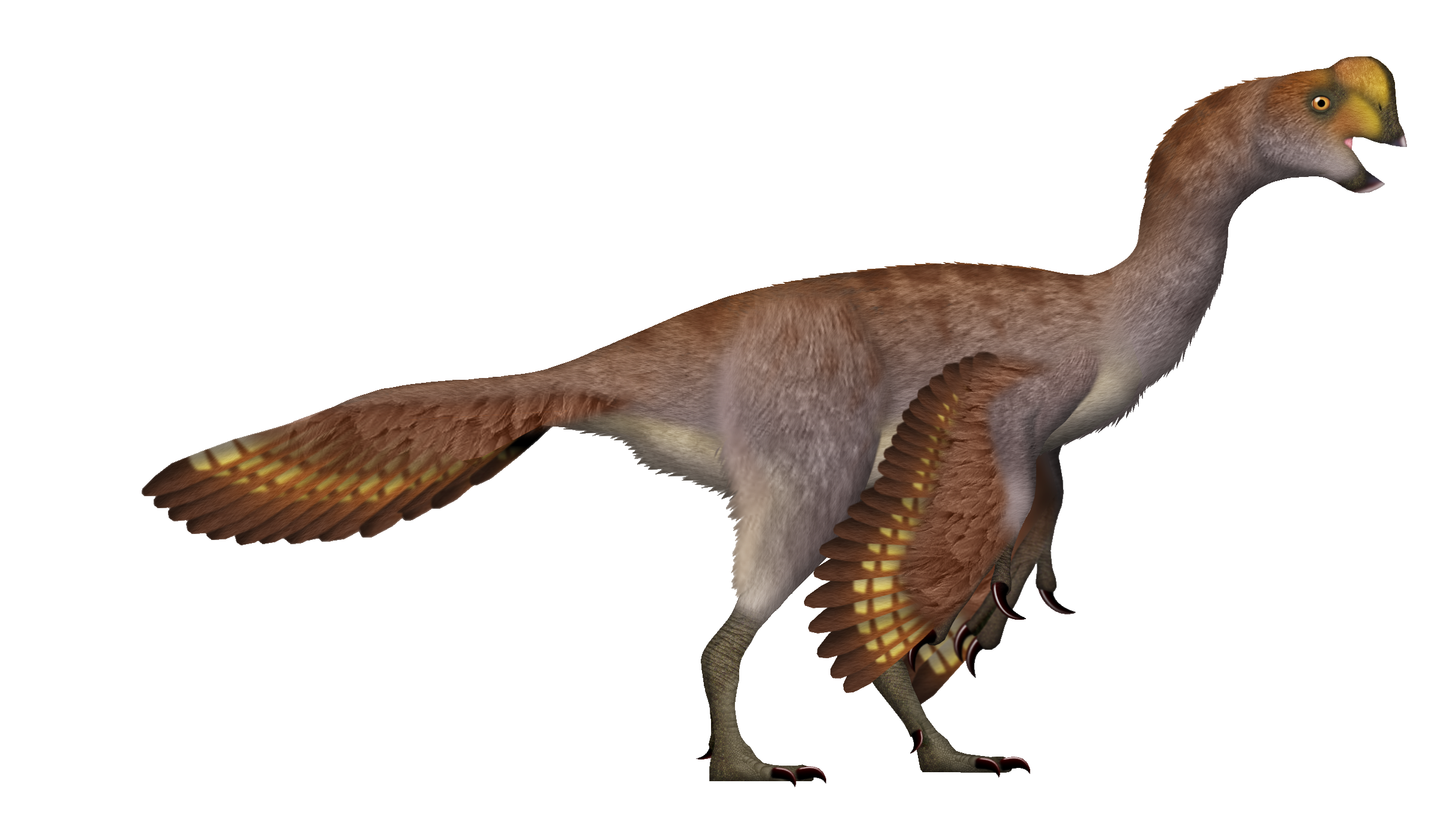
One of the most compelling pieces of evidence for feathered raptors comes from fossilized nests showing adult dinosaurs in brooding positions. These specimens reveal raptors sitting on their eggs with their feathered arms spread wide, creating a protective, insulating canopy over their developing offspring. This behavior mirrors that of modern birds and suggests a deep evolutionary connection.
The feathers in these brooding scenarios served multiple purposes: they provided warmth for the eggs, protection from the elements, and camouflage for the vulnerable nest site. Parent raptors may have adjusted their feather positioning throughout the day to regulate temperature and humidity around their eggs.
This brooding behavior represents one of the strongest arguments for the bird-dinosaur connection. The parallels between raptor nesting behavior and modern bird behavior are too striking to ignore, suggesting that parental care and feather use evolved together as integrated survival strategies.
Analyzing Flight Mechanics Through Fossil Evidence
Determining flight capability in extinct animals requires detective work that would make Sherlock Holmes proud. Scientists analyze bone density, muscle attachment points, and feather structure to reconstruct the flight potential of ancient creatures. Each fossil specimen tells a story about the creature’s lifestyle and capabilities.
The ratio of wing span to body weight provides crucial insights into flight ability. Modern birds have specific proportions that enable flight, and comparing these ratios to fossilized raptors reveals which species could have achieved powered flight. Most feathered raptors fall short of these critical ratios, suggesting limited flight capability at best.
Advanced imaging techniques now allow scientists to examine the internal structure of fossilized bones, revealing air spaces and density patterns that indicate whether a creature was adapted for flight. These microscopic details provide the smoking gun evidence for aerial capability in prehistoric creatures.
The Color Revolution: What Feather Pigments Tell Us
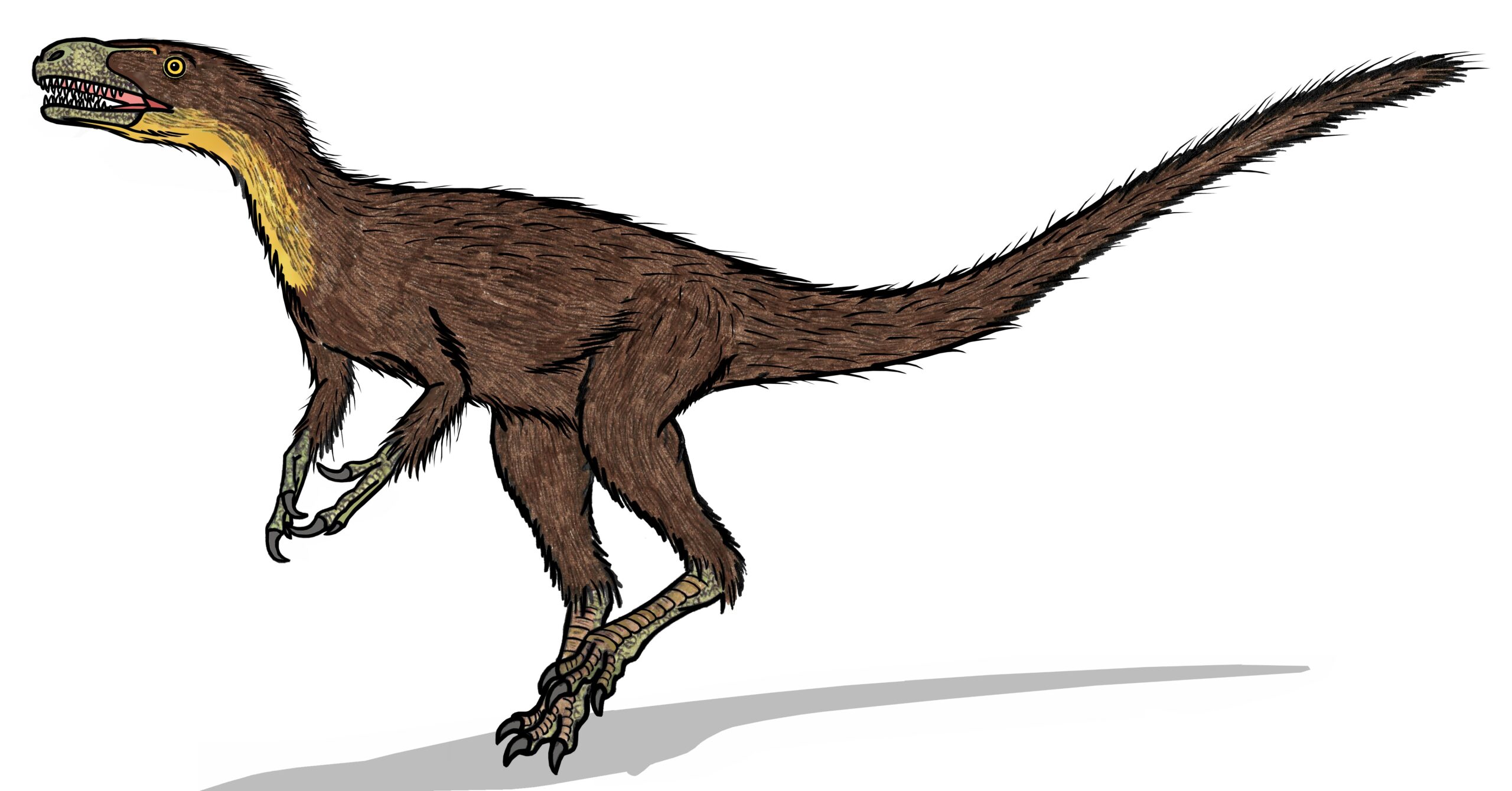
Recent breakthroughs in analyzing fossilized melanosomes have revealed the true colors of feathered raptors for the first time. These microscopic structures contained pigments that determined feather color, and their preservation in fossils allows scientists to reconstruct the actual appearance of these ancient predators.
The discovery that some raptors had iridescent black feathers, while others sported brown, red, or even striped patterns, has revolutionized our understanding of dinosaur behavior. These colors weren’t random; they served specific purposes in communication, camouflage, and mate selection.
Brightly colored feathers typically indicate display behavior, suggesting that feathered raptors engaged in complex social interactions. The evolution of elaborate plumage patterns parallels the development of flight capability, as aerial display requires both the ability to fly and the visual signals to communicate effectively.
Environmental Factors and Flight Evolution
The environment in which feathered raptors lived played a crucial role in determining their flight capabilities. Dense forests favored gliding and short-range flight, while open landscapes selected for different adaptations. The Cretaceous period, when many feathered raptors lived, featured diverse habitats that influenced evolutionary pressures.
Climate change during the Mesozoic era may have driven the evolution of flight in some raptor lineages. As temperatures fluctuated and sea levels changed, the ability to travel between habitat patches became increasingly valuable. Flight offered a survival advantage during times of environmental stress.
The presence of flying pterosaurs and early birds created additional selective pressure on feathered raptors. Competition for aerial niches may have pushed some species toward improved flight capability, while others specialized in terrestrial hunting to avoid direct competition.
Modern Analogies: Learning from Living Relatives
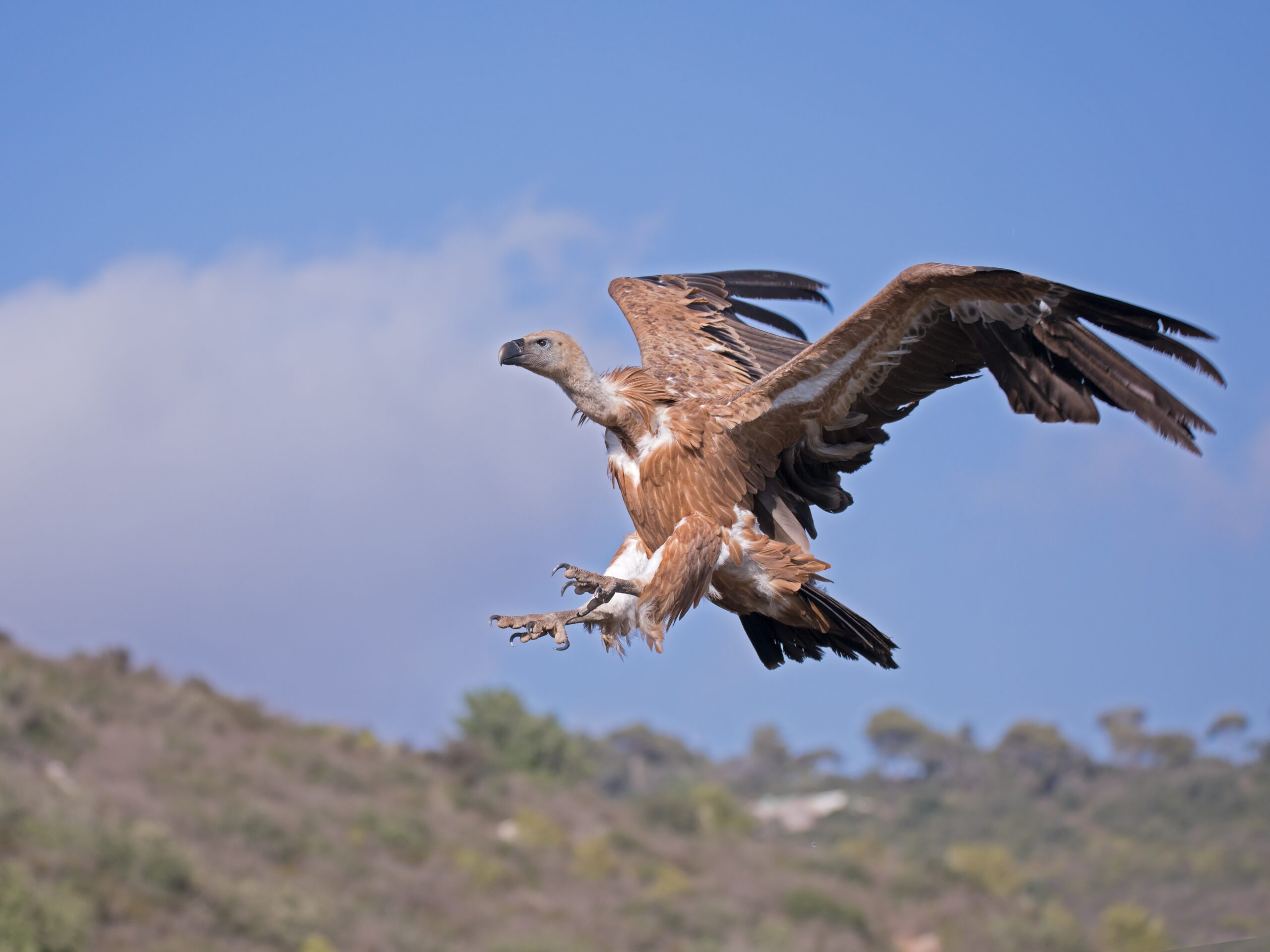
To understand feathered raptor flight, scientists look to modern birds for clues. Chickens, despite being capable of limited flight, share many anatomical features with terrestrial raptors. Their flight is brief and clumsy, but it serves specific purposes like escaping predators or reaching elevated roosts.
Peacocks provide another fascinating parallel. These birds possess elaborate feathers that seem to hinder flight, yet they can fly when necessary. Their flight is labored and brief, but effective for their survival needs. Some feathered raptors may have had similar flight limitations combined with spectacular plumage.
Secretary birds, with their long legs and predatory lifestyle, offer perhaps the best modern analogy for feathered raptors. These African birds hunt on foot but can fly when needed, suggesting that similar dual-lifestyle strategies may have existed in prehistoric raptors.
The Debate Continues: What Scientists Disagree About
The scientific community remains divided on several key aspects of feathered raptor flight. Some researchers argue that flight evolved multiple times independently among different raptor lineages, while others maintain that most feathered raptors were primarily terrestrial creatures with limited aerial capability.
The function of asymmetrical flight feathers in some raptor species continues to spark debate. While these feathers clearly indicate some form of aerial locomotion, their exact purpose remains unclear. Were they used for powered flight, gliding, or some other function we haven’t yet considered?
New fossil discoveries regularly challenge existing theories about raptor flight. Each specimen provides additional pieces of the puzzle, but also raises new questions about the diversity and capabilities of these fascinating creatures. The debate ensures that our understanding continues to evolve as new evidence emerges.
Implications for Understanding Dinosaur Evolution
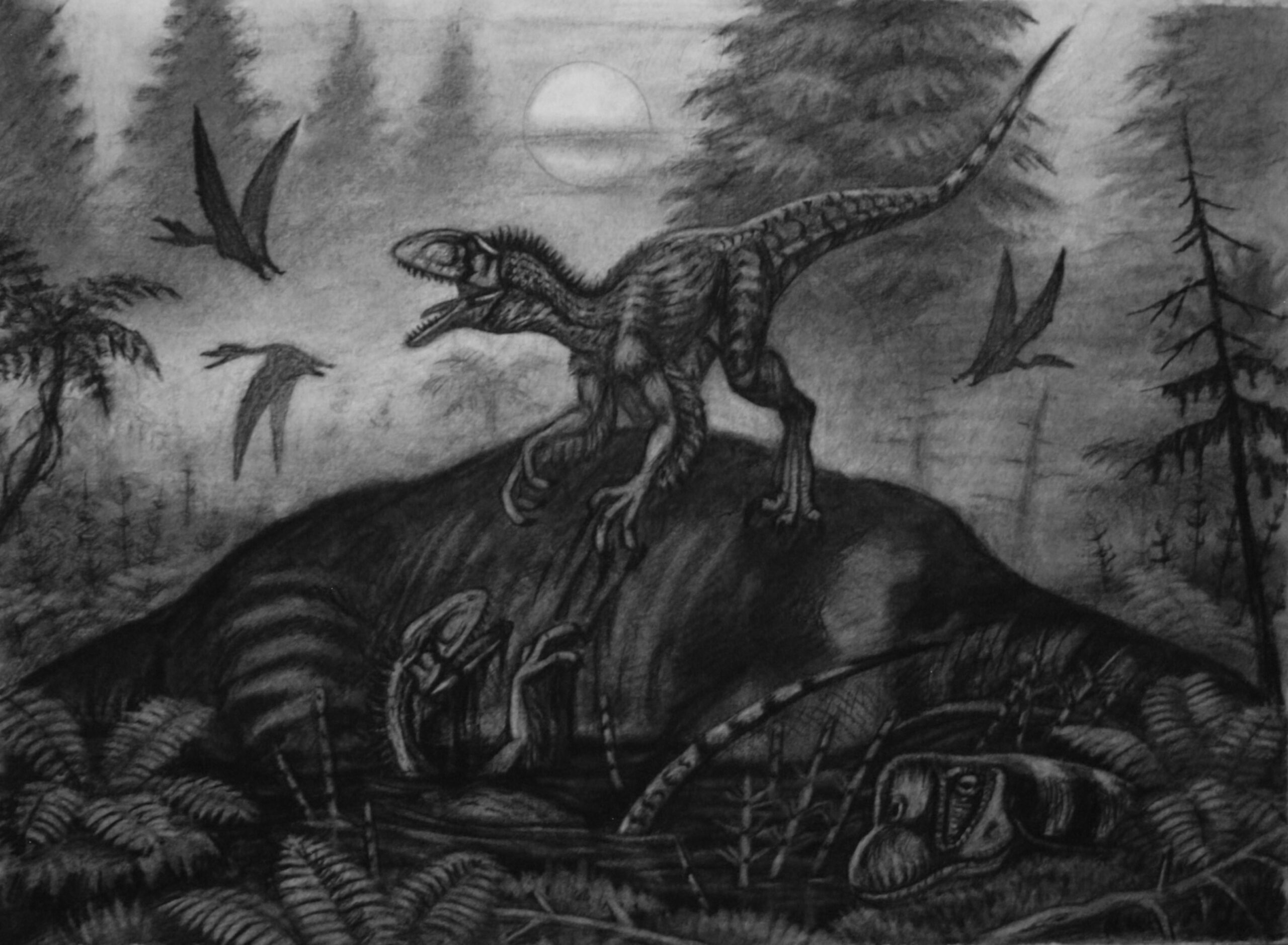
The study of feathered raptor flight has profound implications for our understanding of dinosaur evolution and the origin of birds. These creatures represent crucial evolutionary stepping stones between terrestrial dinosaurs and modern birds, showing how complex traits like flight can evolve gradually over millions of years.
The diversity of feathered raptors demonstrates that evolution rarely follows a straight path. Instead of a simple progression from ground-dwelling to flying creatures, we see a complex web of adaptations that served different purposes in different environments. This complexity reflects the true nature of evolutionary processes.
Understanding feathered raptor flight also helps explain how modern birds achieved their remarkable aerial abilities. The foundation for flight was laid millions of years ago in these prehistoric predators, with each species contributing to the eventual mastery of powered flight that defines modern avian life.
Conclusion: The Sky Was Not the Limit
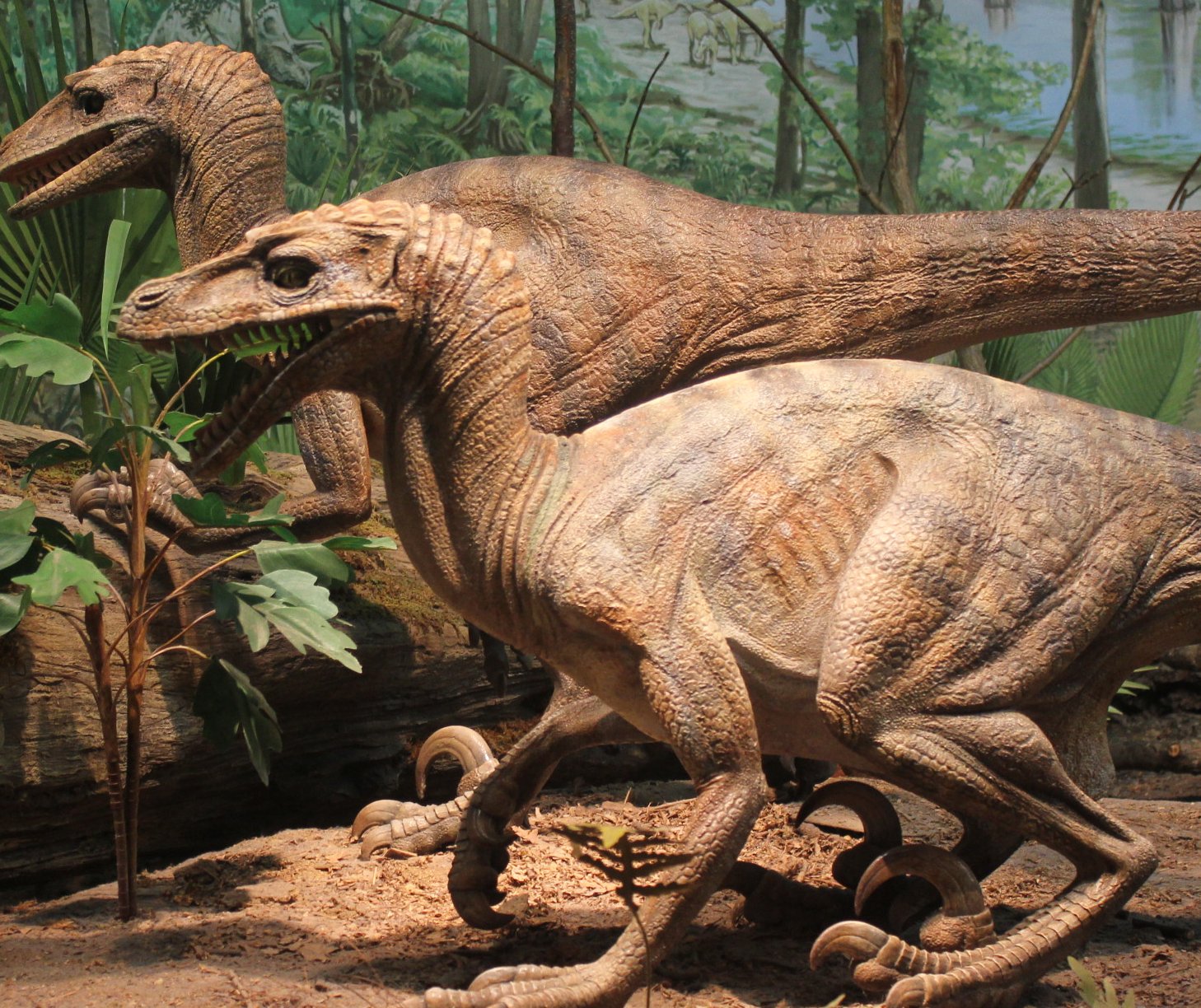
The evidence suggests that feathered raptors occupied a spectrum of flight capabilities, from fully terrestrial hunters to accomplished gliders and possibly even powered fliers. These magnificent creatures used their feathers for insulation, display, combat, and varying degrees of aerial locomotion. While most couldn’t achieve the sustained flight of modern birds, many could glide, leap, or perform brief flights that gave them significant advantages in their prehistoric world.
The story of feathered raptor flight reminds us that evolution is rarely black and white. These creatures existed in the gray areas between ground and sky, exploring the possibilities that would eventually lead to the incredible diversity of modern birds. Their legacy lives on in every sparrow that takes wing and every eagle that soars overhead.
As we continue to uncover new fossils and develop better analytical techniques, our understanding of these remarkable creatures will undoubtedly evolve. The question isn’t just whether feathered raptors could fly, but how their various flight experiments contributed to one of evolution’s greatest success stories. What other surprises might be waiting in the fossil record?

